Conservation and Adventure: A Deep Dive into Ngorongoro Crater Tanzania
The Ngorongoro Crater in Tanzania is a must-visit for any adventurous soul, offering a unique blend of natural beauty, diverse wildlife, and rich cultural experiences.
Find out about the conservation of this UNESCO World Heritage site, as well as the best times to visit and what a day in the crater looks like.
The Ngorongoro Crater, Tanzania: What to Expect When Traveling
With over 500,000 visitors per year, the Ngorongoro Crater is a natural wonder and also a testament to the power of successful conservation efforts. From breathtaking landscapes to diverse wildlife, here's what you can expect when you embark on an unforgettable journey to the Ngorongoro Crater in Tanzania.
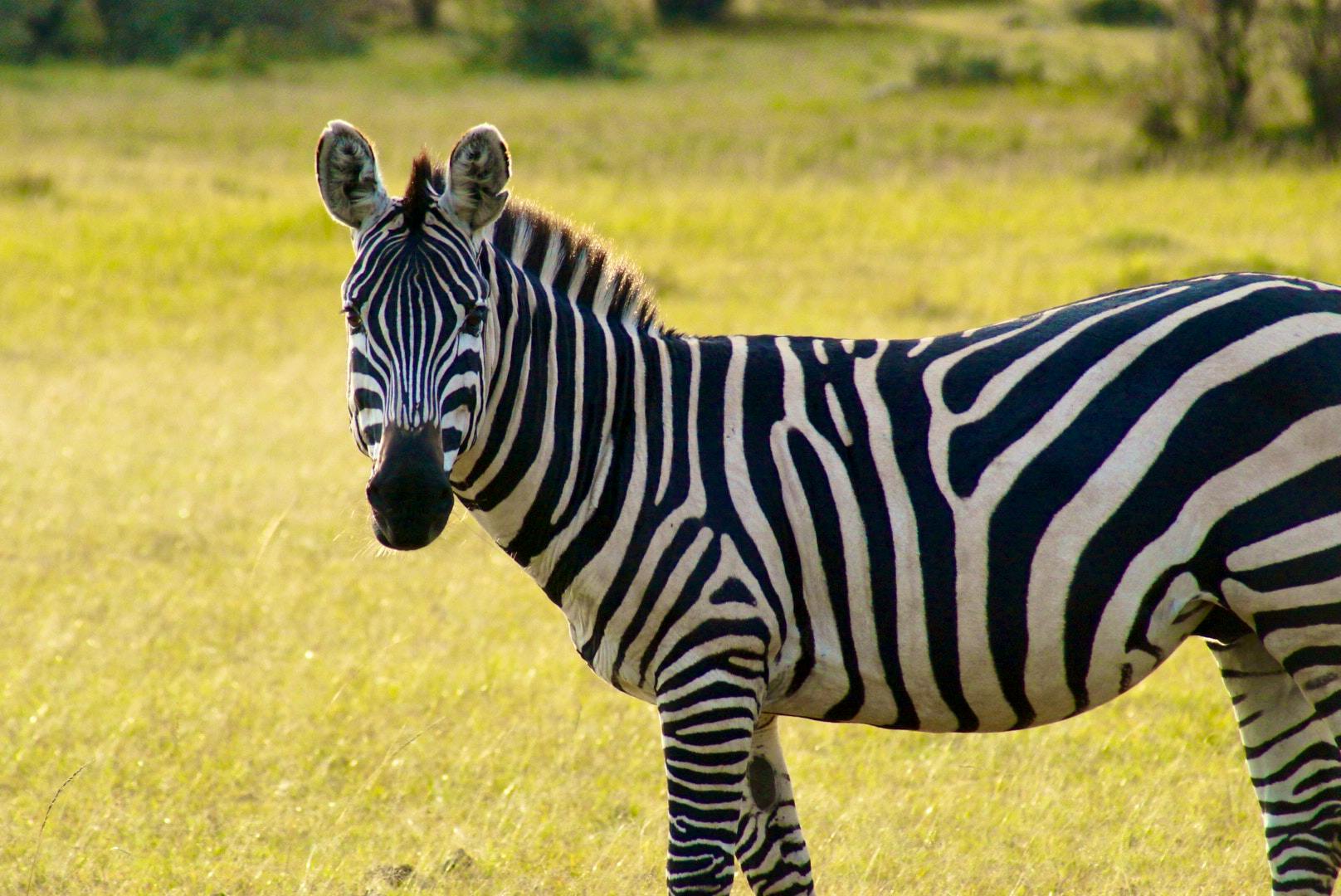
The Geological Marvel
Imagine standing on the edge of a colossal crater, gazing down at a sprawling expanse that stretches as far as the eye can see. Welcome to the Ngorongoro Crater, the world's largest unfilled collapsed volcano.
Formed about two to three million years ago, when a giant volcano exploded and collapsed on itself, the crater spans approximately 100 square miles. That's about the size of San Francisco!
But it's not just the sheer size that captivates; it's the unique geological features that make Ngorongoro a marvel. The crater walls rise 400 to 610 meters high, creating a natural enclosure for an incredibly diverse ecosystem. It's like stepping into a real-life Jurassic Park, minus the dinosaurs.
So, why should the formation of this crater matter to you? Understanding its geological history adds a layer of awe and respect as you traverse its landscapes. You're not just on a safari; you're journeying through time, witnessing the results of millions of years of Earth's ever-changing face.
A UNESCO World Heritage Site
When you hear that the Ngorongoro Crater is a UNESCO World Heritage Site, you might wonder, "What's the big deal?" Well, it's a title that carries weight, both for conservation and for you, the traveller.
Being designated as a World Heritage Site means the area has been recognized for its cultural, historical, or natural significance. And in the case of Ngorongoro, it's the natural wonders that steal the show.
For conservation, this status is a game-changer. It brings international attention and funding, helping protect the crater's unique biodiversity and ecosystems. Think of it as a global seal of approval for conservation efforts, ensuring that the wildlife and landscapes you're so eager to explore will be preserved for future generations.
As for tourism, the UNESCO label is like a magnet. It draws people worldwide, eager to experience the crater's wonders. But it also means that tourism is carefully managed to minimize human impact.
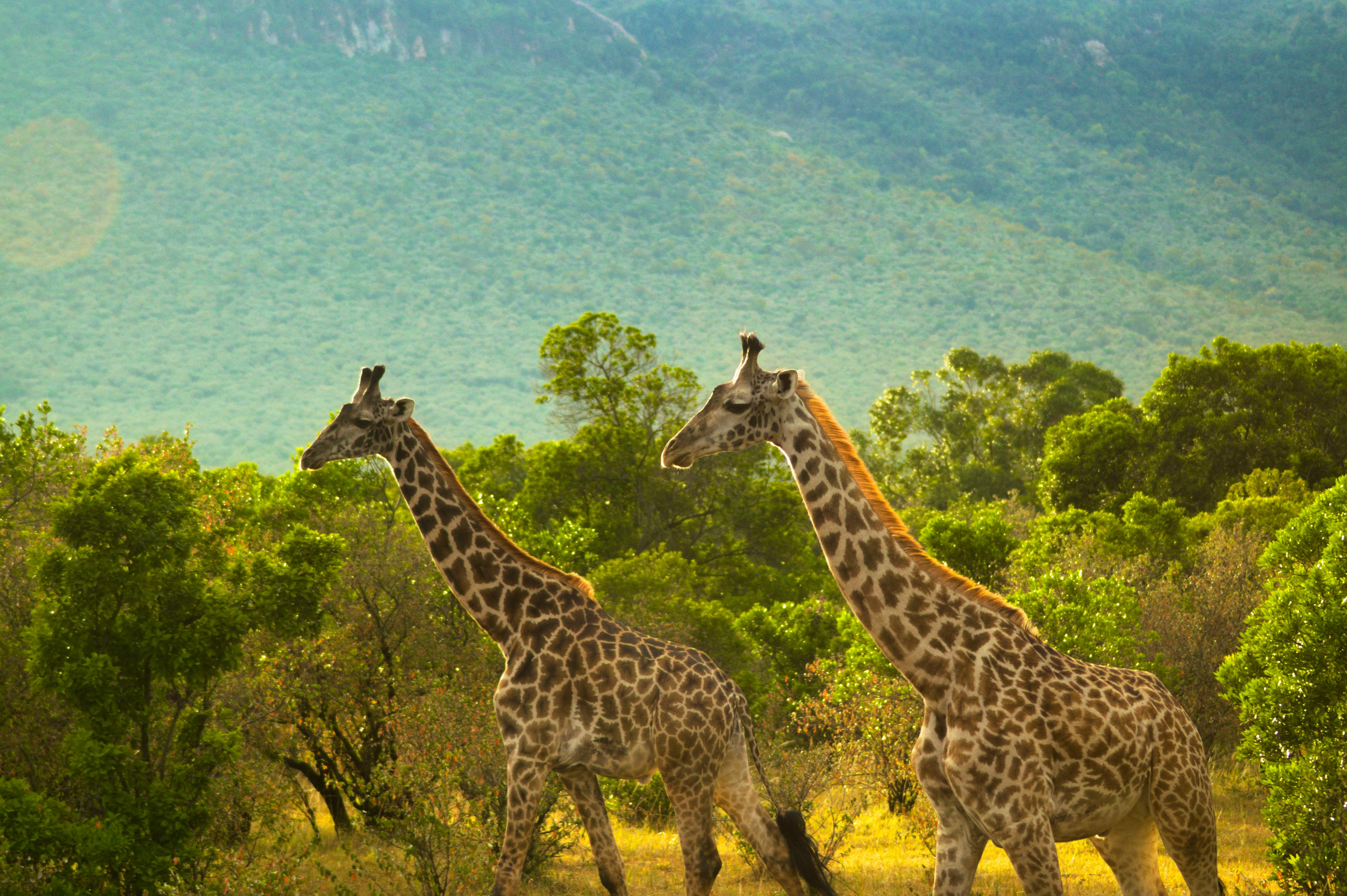
The Circle of Life: Wildlife in Ngorongoro
If you've ever wanted to feel like you've stepped into a nature documentary, the Serengeti National Park of Tanzania and Ngorongoro Crater are the places to be. This natural amphitheatre is teeming with life, offering one of the densest concentrations of wildlife in Africa. From the majestic lions and elusive leopards to the graceful gazelles and robust buffaloes, the crater is a microcosm of the African savanna.
But let's talk about the star of the show: the endangered black rhinoceros. Spotting one of these rare creatures is like finding a treasure in an already rich landscape.
With less than 5,000 left in the wild, every sighting is a poignant reminder of the urgent need for conservation. The crater offers one of the last sanctuaries for these magnificent animals, making your visit an adventure and a witness to conservation in action.
What makes the wildlife experience in Ngorongoro unique is the close proximity in which different species coexist.
It's not uncommon to see a zebra grazing calmly near a group of hyenas or to watch a hippo wade in the same waters where crocodiles lurk. It's a complex web of life, where each species plays a role in maintaining the balance of this vibrant ecosystem.
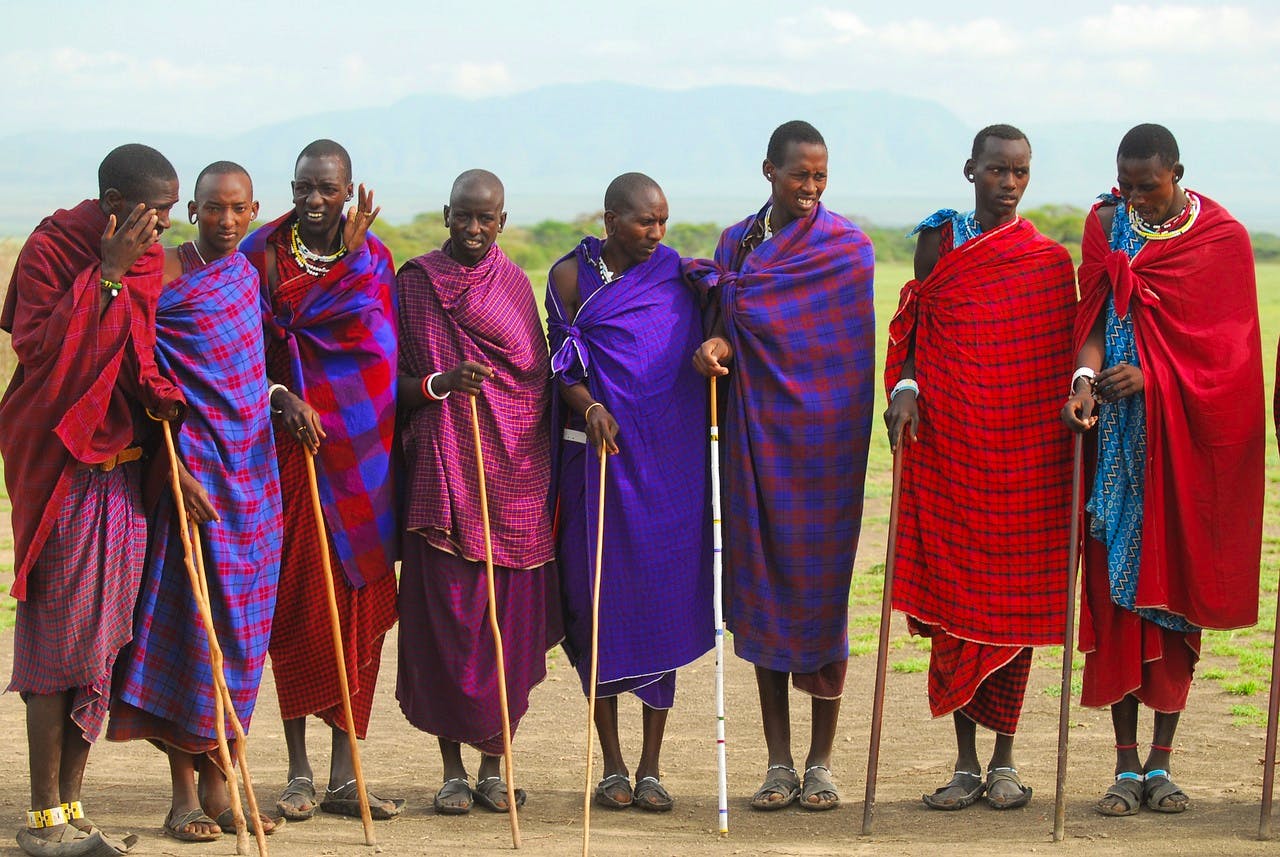

Latest Deals
The Maasai: Co-Inhabitants of the Land
When you think of Ngorongoro Crater, it's easy to focus solely on its natural wonders. But there's another layer to this fascinating place: the Maasai people, who have been co-inhabitants of this land for centuries.
Dressed in vibrant red shukas and adorned with intricate beadwork, the Maasai are as much a part of the Ngorongoro landscape as the wildlife.
The Maasai are pastoralists, meaning they rely on livestock for their livelihood. It's a way of life that has evolved to coexist with the wild animals that share their home.
Imagine cattle grazing peacefully alongside zebras and wildebeests—a sight you'll often see in the crater. It's a delicate balance that the Maasai have mastered through generations of traditional knowledge.
But what does this mean for you, the traveller? Meeting the Maasai offers a unique cultural dimension to your Ngorongoro adventure. Many tour operators offer cultural visits to Maasai villages, where you can learn about their customs, participate in traditional dances, and even try your hand at spear-throwing.
It's an experience that enriches your understanding of the land you're exploring, making your trip truly unforgettable.
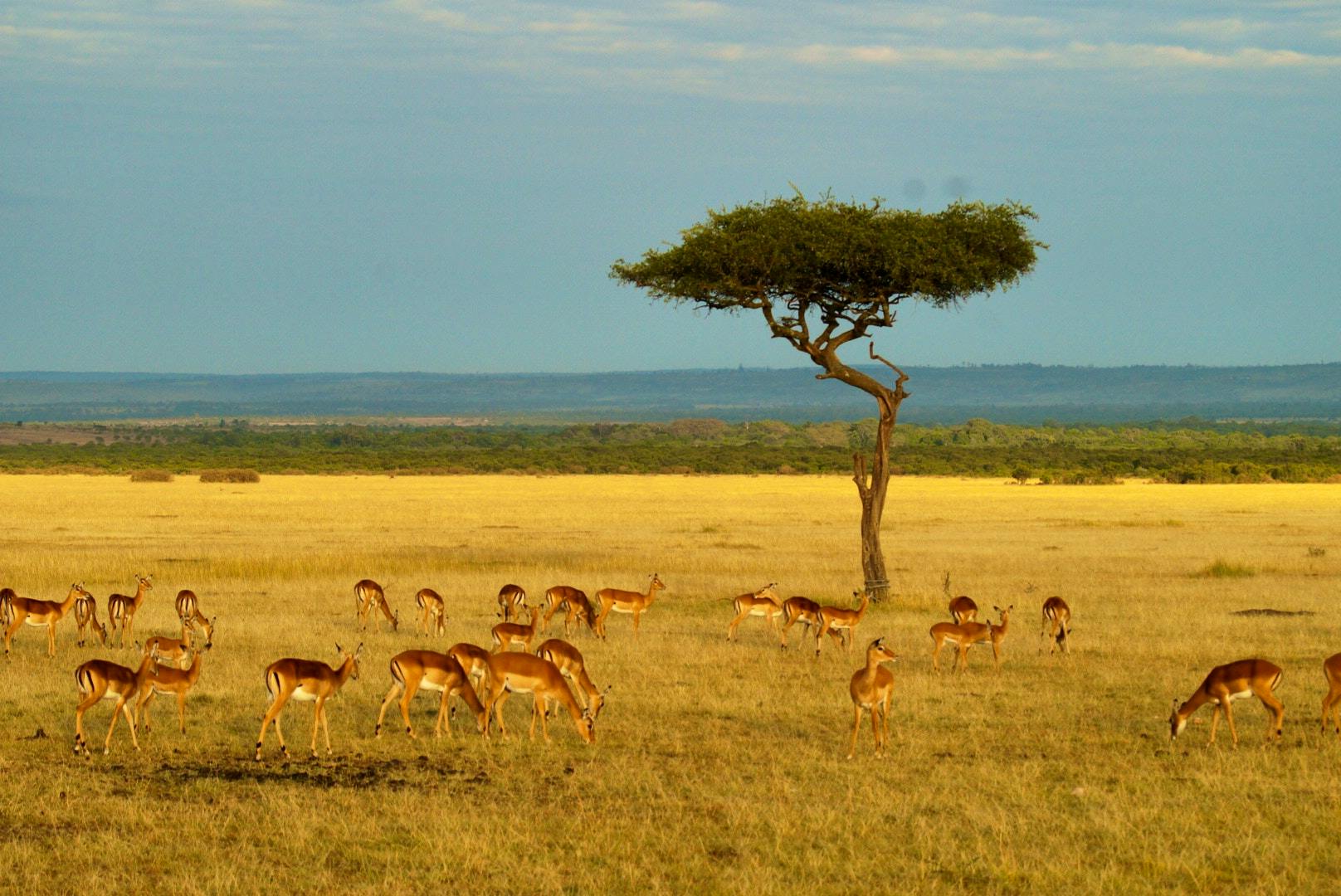
A Day in the Crater
Picture this: The sun is just beginning to cast its golden rays over the savanna as you set off on your first morning game drive of your Ngorongoro Crater safari. The air is crisp, filled with the scent of dewy grass and the distant calls of awakening wildlife. This is how a typical day in the crater begins, and trust us, you'll want to be an early riser to catch the magic.
Morning is prime time for spotting predators. As you navigate the crater's diverse landscapes—from open grasslands to acacia forests—you might catch a glimpse of a lioness stalking her prey or a leopard lounging in a tree.
Your guide, well-versed in the ways of the wild, will offer fascinating insights into animal behaviour, making each sighting a learning experience.
Pro tip: Add a quality pair of binoculars to your Tanzania safari packing list. You won’t want to miss a single moment of this adventure.
As noon approaches, it's time for a lunch break, and what better place than by a hippo pool? Imagine munching on your packed lunch while watching these massive creatures frolic in the water. It's a dining experience you won't find in any five-star restaurant.
The afternoon offers a different vibe. Animals like zebras and wildebeests are more active, and you might even spot a herd of elephants meandering through the landscape.
As the sun begins to set, casting a warm glow over the crater, you'll find yourself reflecting on the incredible diversity and beauty you've witnessed.
By the time you head back to your lodging, you'll be filled with a sense of awe and gratitude. A day in the Ngorongoro Crater is a profound experience that stays with you long after you've left.
When is the Best Time to Visit the Ngorongoro Crater in Tanzania?
Understanding the best time to safari in Tanzania is crucial for an unforgettable experience. While the area is accessible year-round, the dry season from June to October is ideal for wildlife viewing.
The skies are clear, and the animals are easier to spot as they gather around water sources. However, if you're a bird enthusiast, the wet season from November to May offers a spectacle of migratory birds you won't want to miss.
How to Get to the Ngorongoro Crater, Tanzania
Getting to the Ngorongoro Crater is part of the adventure. The most common route is flying into Kilimanjaro International Airport, about 200 km from the crater.
From there, you can opt for private car hire, join a guided tour, or take local transportation to Arusha, the gateway to the Ngorongoro Conservation Area. Once in Arusha, it's a scenic 4-hour drive to the crater, offering glimpses of Tanzania's diverse landscapes along the way.

Conservation Challenges and Triumphs
While the Ngorongoro Crater offers a paradise for wildlife enthusiasts and cultural explorers alike, it's essential to remember that this unique ecosystem faces challenges.
Conservation here is a complex issue involving the animals, the land, and the people who call it home.
One of the most pressing challenges is human-wildlife conflict. As pastoralists, the Maasai rely on the same water sources and grazing lands as the wildlife, leading to inevitable clashes.
Elephants raiding crops or lions preying on livestock are not uncommon occurrences, and they pose significant challenges for conservationists striving to protect both human and animal interests.
But it's not all doom and gloom. The Ngorongoro Conservation Area Authority (NCAA) has been making strides in creating a sustainable coexistence.
Through community outreach, education, and compensation schemes for livestock losses, they're working to build a future where humans and animals can thrive side by side.
Tourism plays a vital role in these efforts. The revenue generated from park fees and guided tours goes directly into conservation projects and community development.
So, when you visit the Ngorongoro Crater, you're contributing to a larger cause, becoming part of the solution rather than the problem.
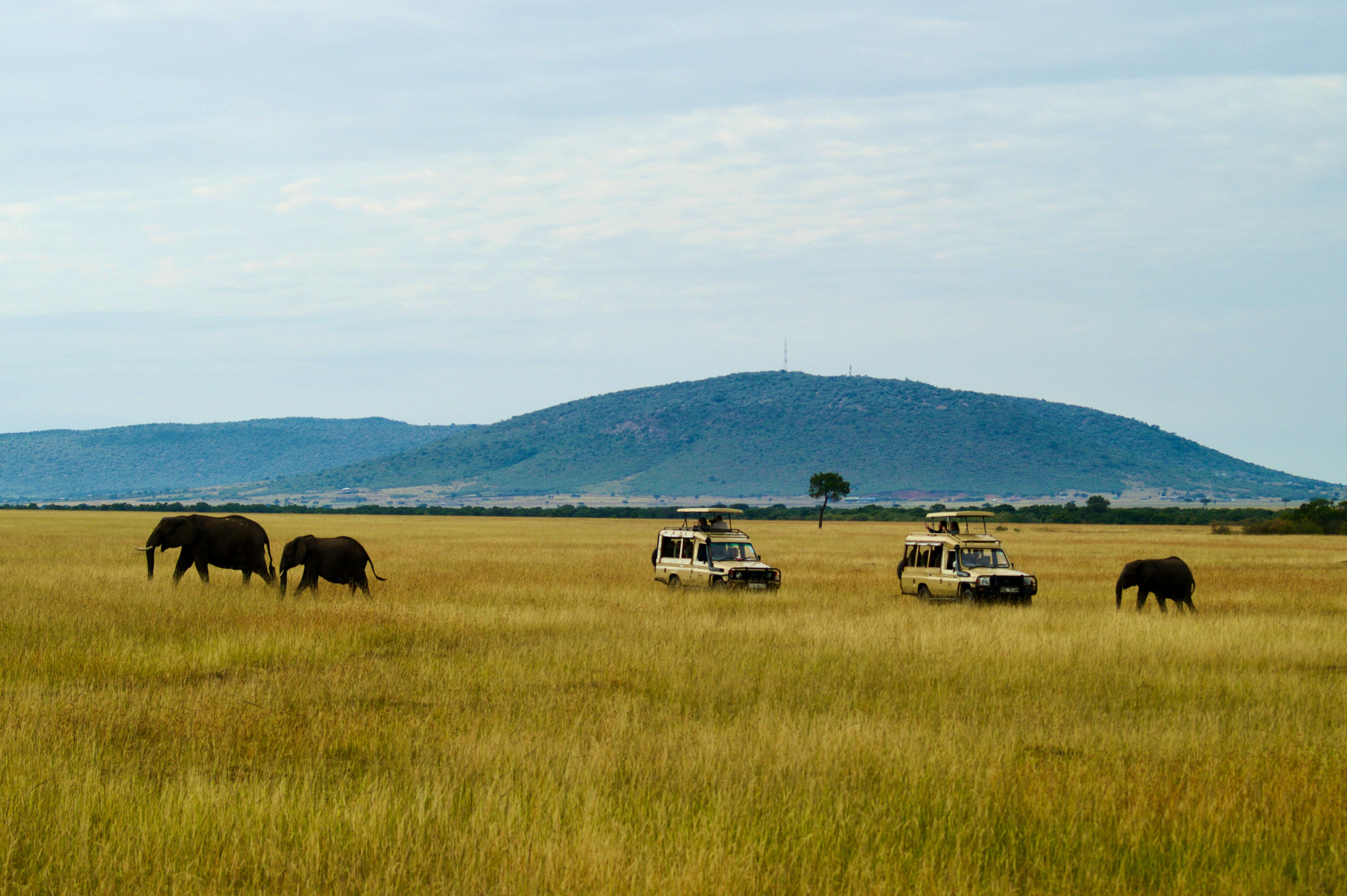
Conclusion
As the sun sets on your journey to the Ngorongoro crater, you'll leave with more than stunning photos and incredible memories.
You'll carry a deeper understanding of the intricate balance between humans, wildlife, and the land they share. It's an adventure that enriches the soul, reminding us that we're all part of this beautiful, complex web of life.
Skyhook has a 2-day Tarangire & Ngorongoro Crater Safari that offers a guided experience of this incredible location.
Popular Tanzania Trips on Skyhook
Find your next adventure
Why Skyhook?
Join over 27,000 Skyhook adventurers who've used our platform to book directly with our vetted local guides, at local prices (we never markup).
Expert Local Guides
Experienced local guides, handpicked by us.
Best Prices
Never pay a markup on the local guide's price.
Exclusive Club
Earn loyalty rewards every time you travel.
Great Social Vibes
Small group tours provide a richer experience.
Stellar Feedback
Over 2,800 reviews, average of 4.9/5 stars.












